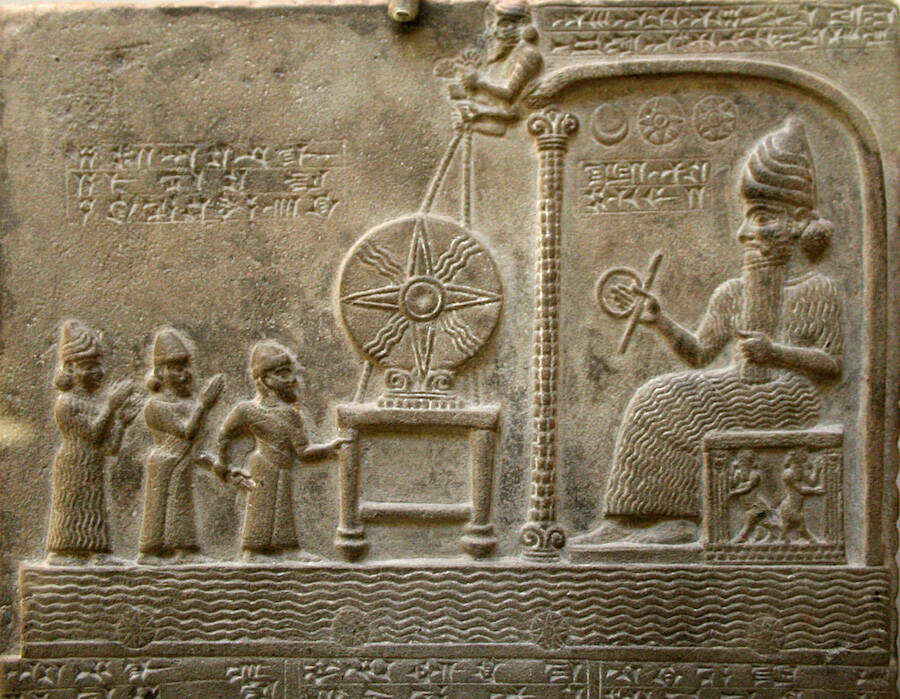Anunnaki: Mythology of the Gods or Aliens?
The Anunnaki are a group of deities who appear in the mythological traditions of the ancient Sumerians, Akkadians, Assyrians and Babylonians. In the earliest Sumerian writings about the gods, the Anunnaki are the most powerful deities in a pantheon of lesser gods.
Gods of Anunnaki
Descending from An, the god of the heavens, and Ki, the goddess of earth, the primary function of these all-powerful gods was to decree the fates of humanity. Assyriologist Samuel Noah Kramer identified Ki with the Sumerian mother goddess Ninhursag, going on to state that they were once considered one in the same.
The oldest of the Anunnaki was Enlil the god of air and chief god of the Sumerian pantheon. The Sumerians believed that, until Enlil was born, heaven and earth were inseparable, until Enlil split the two and carried away the earth, while his father An carried away the sky. The earliest known usage of the term Anunnaki comes from inscriptions written during the reign of Gudea, approximately 2144–2124 BCE, and the Third Dynasty of Ur.
Deities in ancient Mesopotamia were almost exclusively anthropomorphic. They were thought to possess extraordinary powers and were often envisioned as being of tremendous physical size. Virtually every major deity in the Sumerian pantheon was regarded as the patron of a specific city and was expected to look after that city’s interests and safety, residing in that city’s primary temple.

Anunnaki Aliens
In more recent times, multiple authors have suggested that the Anunnaki were in fact ancient extraterrestrials, who came to earth with highly specific objectives. Over a series of published books, starting with Chariots of the Gods? in 1968, Swiss pseudo-archeologist Erich von Däniken claimed that extraterrestrial “ancient astronauts” had visited prehistoric Earth.
Von Däniken postulated the origins of ancient religions were a reactionary bi-product relating to contact with an advanced alien race, and offered interpretations of Sumerian texts and the Old Testament as evidence.

